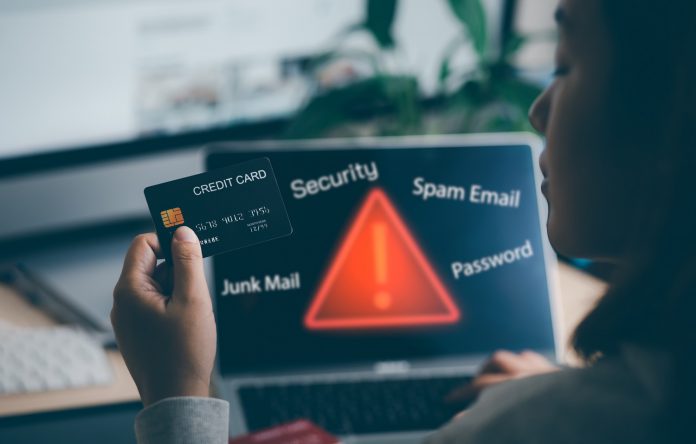One in 20 people is affected each year by identity theft or some type of fraud. Nearly everyone is at risk, given all of the data breaches in recent years. One of the biggest mistakes you can make when it comes to protecting yourself from financial scams is thinking you’re too smart to be duped by one. You may find the possibility of a scam compromising your financial accounts unnerving, but there are many ways you can protect yourself.
Most people who lose money to scams never see it again. The first thing you need to do is accept your money is probably gone and you won’t get it back. In some cases, your financial institution or law enforcement might be able to help you recover some or all of it. Still, some losses are harder to quantify. In addition to a financial crime, it’s an emotional crime.
There are strategies you can employ to reduce your risk:
- Review your accounts. Check your credit card and banking accounts regularly to ensure that there are no unauthorized charges.
- Change your account passwords: Switch out your passwords on sensitive accounts frequently, and make sure not to use the same password for multiple accounts.
- Confirm all financial communication: Be wary of common scams such as phishing, a process in which scammers send emails posing as a bank and ask you to update or confirm your account information.
- Properly dispose of documents: If you are throwing away old bank statements or other paperwork with sensitive information such as account numbers, social security numbers, personal identification numbers, etc., make sure to shred everything before disposal.
- Report suspicious activity: If you think you’re a victim of actual or attempted financial fraud, contact your financial institution as soon as possible.
- Think twice about sharing your information: Be cautious of calls or emails that request sensitive information. Never give out confidential information unless you know it’s a trusted and verified source.
- When you check your credit report, look for inaccurate information: If there are accounts on the credit reports that aren’t yours, you need to do more. Contact the creditors directly by phone to find out whether these are mistakes or whether you’re the victim of more serious identity theft.
- QR Code frauds: Fraudsters can present counterfeit QR codes either at physical stores or online; scanning these codes may result in the unauthorized transfer of funds to the scammer’s account.
- You must download only genuine apps on your phone: These apps possess a high level of deception, imitating the appearance and functionality of authentic apps to lure users into downloading them. The repercussions of falling prey to such apps can be calamitous.
- Verify online stores: To avoid shopping scams, when typing in a URL, double- and triple-check the spelling to ensure you are on the correct page. Scammers often create a URL with one letter off from the authentic one in hopes you won’t catch it.
- Remove your credit card number and information from restaurant delivery and retail store sites. Pay using an e-payment service that keeps credit card info on a highly secure site.
Final Thoughts
Scammers get more sophisticated each day in their schemes to illegally obtain money and sensitive personal information. Stay vigilant around offers that ask for upfront payments, prompt action under threat, or provide too good-to-be-true opportunities. Do your separate research before handing over any amount of money or data at someone else’s request. Being informed on common financial scam techniques along with applying the tips provided above can help you avoid becoming the next victim.




